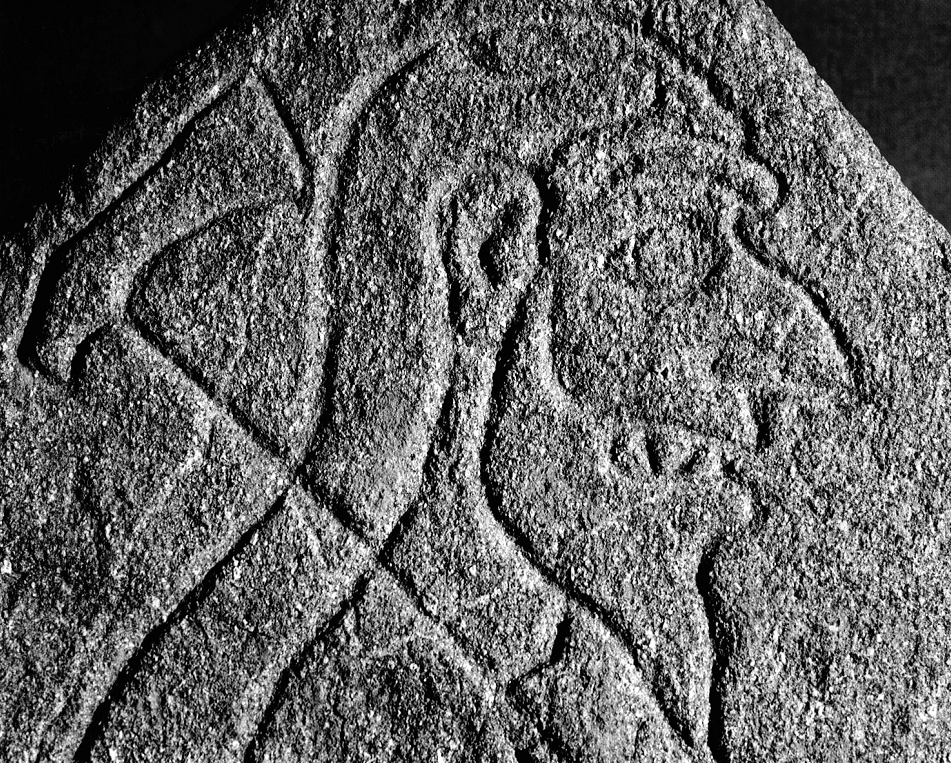A team of archaeologists from Aberdeen University are preparing to dig deep into an Aberdeenshire field to solve a 1,000-year-old mystery.
For decades, historians and researchers have been attempting to unravel the story of the Rhynie Man, a 6-foot tall Pictish stone carving that was first uncovered by a farmer ploughing his field in 1978.
Named after the Aberdeenshire village where the stone was found, the Rhynie Man is believed to date from as far back in Scottish history as the fifth or sixth century.
Now the Aberdeen University team are hoping the new dig could shine some light on who the axe-wielding figure is – and where he stood in Pictish society.
Dr Gordon Noble, a senior lecturer in archaeology at the university, will be leading the excavation.
He said: “We did significant work at Rhynie in 2011 and 2012, and identified that the area was a high-status and possibly even royal Pictish site.
“We found many long distance connections such as pottery from the Mediterranean, glass from France and Anglo-Saxon metal work with evidence to suggest that intricate metalwork was produced on site.
“However, we don’t have a huge amount of archaeology to back any of these up so we want to explore the area in which he was found in much greater detail to yield clues about how and why he was created, and what the carved imagery might mean.”
Those interested in the team’s archaeological work will be able to visit the site on two open days, this Saturday and next, from 10am to 5pm.
Experts will be on hand to showcase what secrets have been uncovered so far in this year’s dig. Visitors can park in the village and walk to the dig site in the Craw Stane field south of the village.
